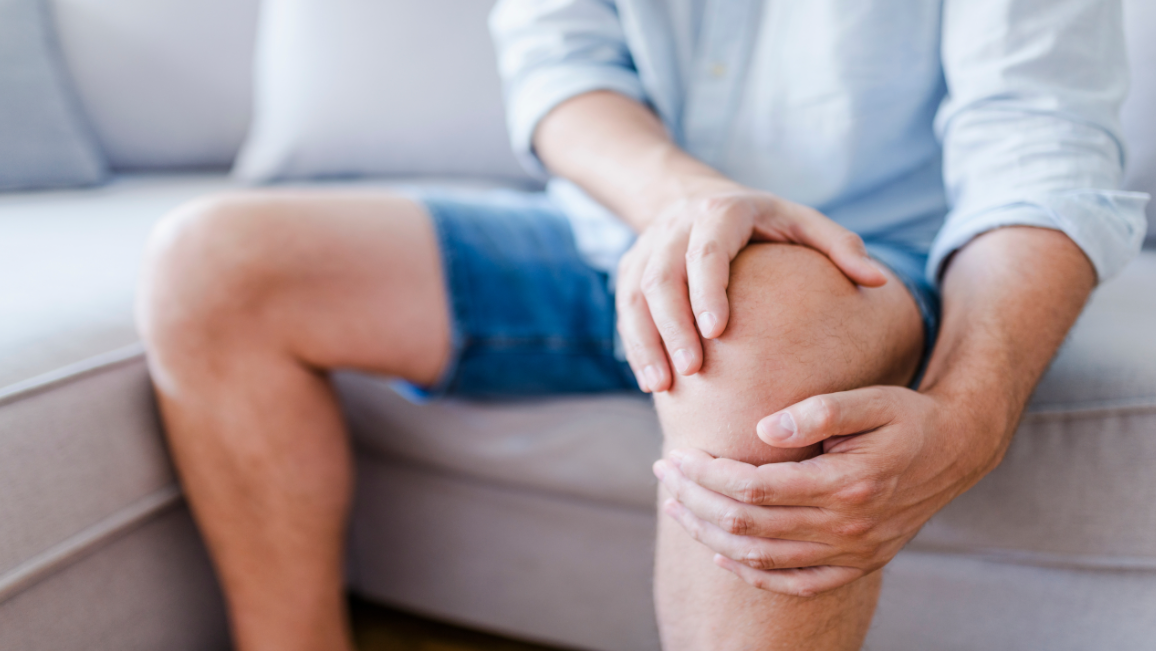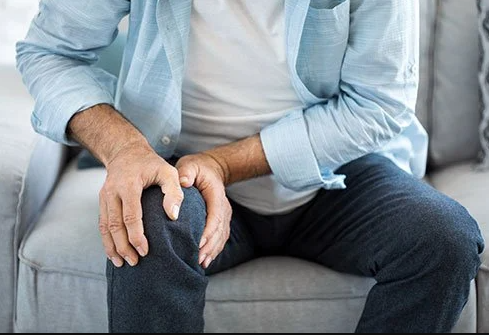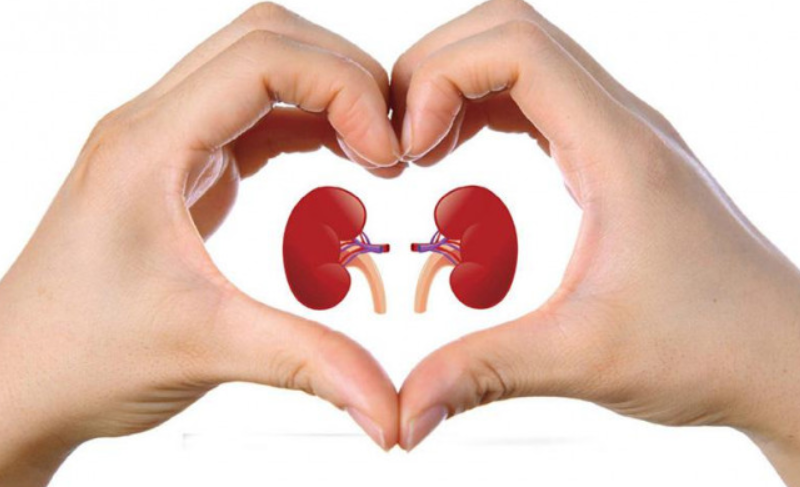Tell someone who feels osteoarthritis is a factor. Ageing is the most common answer, bones become weaker, and some may even suggest poor nutrition. Those answers are not incorrect, of course, but they are not special. A recent research explores osteoarthritis, causes, and remedies, and can explain other factors.
Common Causes of Osteoarthritis
Osteoarthritis is the most prevalent type of arthritis affecting millions of people worldwide, of which 27 million are Americans. While any joint may be affected by this degenerative joint condition, people mostly feel it in the elbows, knees, thighs, lower back and neck. Ideally, you’d like cartilage to support your bones and joints, a strong padding that supports your bones and helps your joints to bend smoothly. Yet in the case of osteoarthritis, the cushion of firm cartilage starts to crumble. Cartilage and bone damage worsens, and extreme pain triggers inflammation of the joints and people. Through the decades, inflammation gradually occurs.
However, the most common causes may include:
- Aging
- Overweight, obesity
- Frequent injuries
- Improperly formed joints
- Genetic defects in bone cartilage
- Stress from sports or certain things that require repetitive movements
Osteoarthritis has doubled since the mid-20th century
In July 2017, Dr. Jean Wallace (and his team), a postdoctoral research fellow at Harvard University’s Department of Human Evolutionary Biology, published a report in the Proceedings of the United States National Academy of Sciences of America. During the work of Dr. Wallace he and his team researched over 2000 skeletons from three separate periods of time.
Researchers looked at skeletons (specifically knees) from the early industrial and post-industrial periods up to the early 2000s, including 176 prehistoric ones. Dr Wallace concluded with all this knowledge that knee osteoarthritis is twice as severe as it was in the mid-1900s.
We do not assume, however, that this phenomenon is actually due to people who live longer, and that they are becoming more overweight.
However if researchers are aware that life expectancy is longer and that obesity is more common, they have found that arthritis is still growing. This prompted them to ask: Were factors such as lifespan and obesity the biggest arthritis culprits? Doesn’t Dr Wallace say that. Yes, it seems you can thank the basic yet pervasive effect of modern inactivity to increase osteoarthritis in the knee.
What are the preventive activities for arthritis?
To get started, you must start practicing, with physical activity. Not always time, expensive gym is an excuse. Start with resistance exercises and more endurance at home. They provide constant stamina that helps improve balance and promote muscle strength.
The tremendous advantage that people often miss from resistance workouts is that they boost bone density. Individuals appear to get to the top bone mass about the age of 30 before they start taking care of the bones they lived their lives in. Yet if you’re under thirty or older, this is the best option you can make for bone density, muscle mass, and overall health to develop and sustain.
- Resistance exercises you can do at home;
- Make it a habit to take walks around your neighborhood once a day;
- Try to stay active if your job requires you to sit for a long time;
- Strengthen the muscles around the bones and joints;




